Artichokes: Important Facts, Health Benefits, and Recipes
Explore the health benefits, history, and culinary uses of artichokes in our ultimate guide, and learn how to incorporate this nutrient-rich ingredient into your diet.
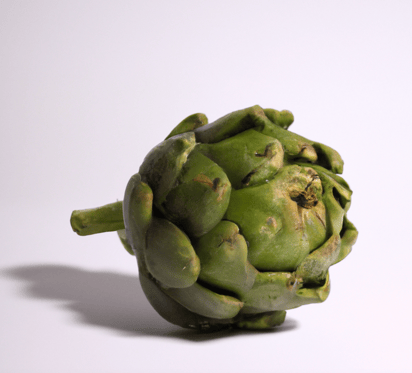
Nutritional Facts
1 artichoke, medium
Amount per serving
Calories
60.2
Carbohydrates
13.5 g
Fat
0.2 g
Protein
4.2 g
Saturated Fat
0 g
Sodium
120.3 mg
Fiber
6.9 g
Sugar
1.3 g
Best Artichokes Recipes
-
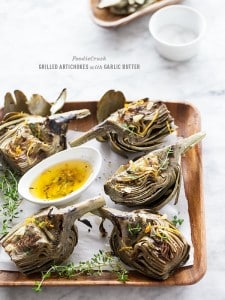
-
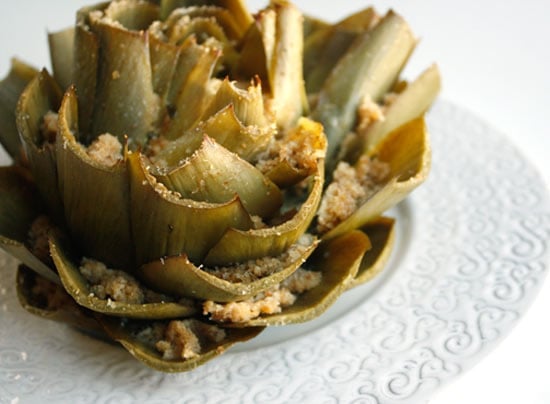
-
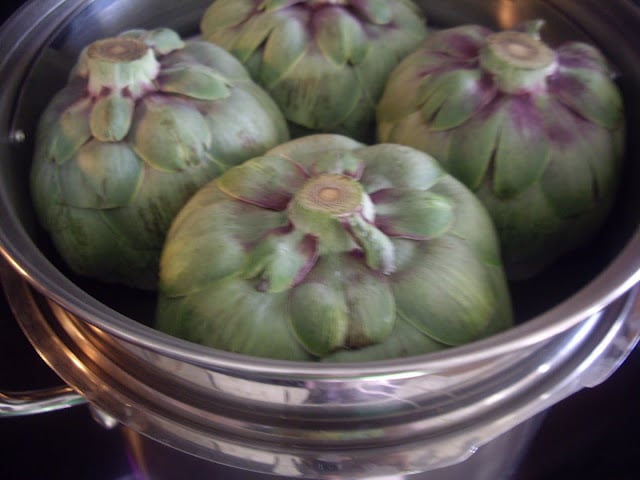
-
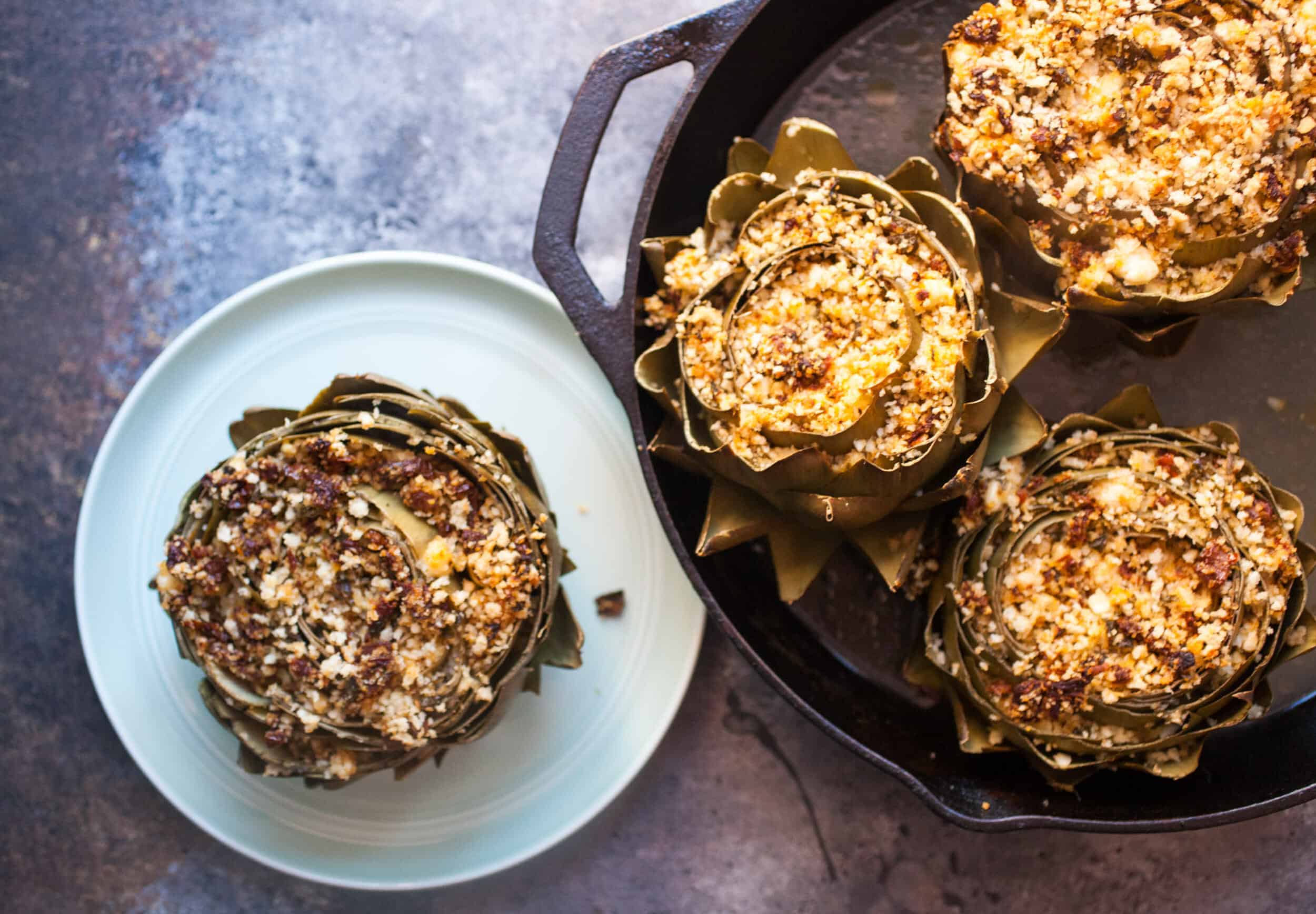
-
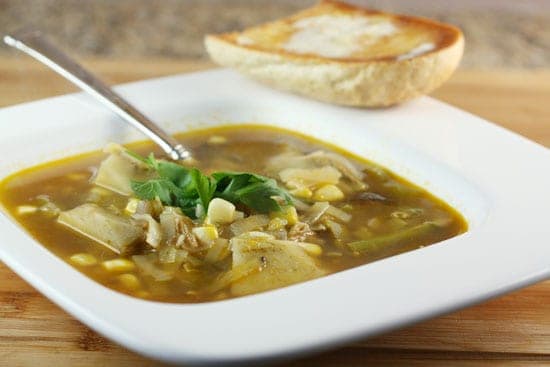
-

-

-
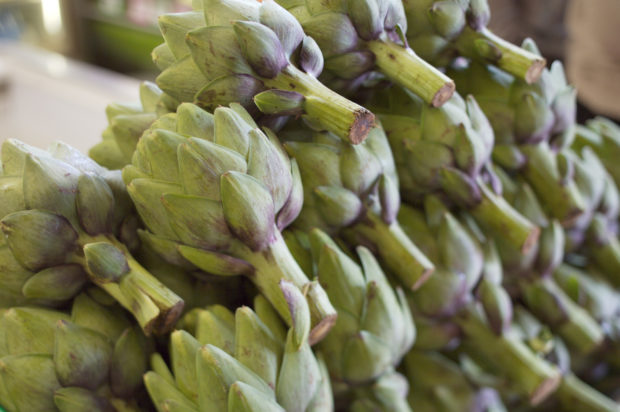
-
![Easy Artichoke Frittata Recipe Image]()
-
![Artichokes Alla Romana (Roman Style) Image]()
-
![Italian Fried Artichokes Image]()
-
![Easy Skillet Artichoke Spaghetti Image]()
-
![Italian-Style Braised Artichokes Image]()
-
![Instant Pot Artichokes Image]()
-
![Artichoke Soup Recipe Image]()
-
![How to Trim an Artichoke Image]()
-
![Oil-Poached Artichoke Heart Salad Recipe Image]()
-
![Italian Artichoke & Sausage Pasta Image]()
-
![Valencian Paella Recipe (Paella Valenciana) Image]()
-
![Braised Artichokes With Leeks and Peas From 'The New Vegetarian Cooking for Everyone' Image]()
-
![Dinner Tonight: Steamed Artichokes with Light Balsamic Vinaigrette Recipe Image]()
-
![Artichokes with Mint and Chiles Recipe | Grilling Image]()
-
![Shrimp Scampi with Artichokes Recipe Image]()
-
![Springtime Frittata from 'Family Table' Image]()
-
![Grilled Artichokes Recipe Image]()
-
![Artichoke Dipping Sauce Image]()
-
![Vegetarian Paella (Paella Vegetariana) Recipe Image]()
-
![Paella Recipe for Two - Paella Para Dos Image]()
-
-
![Roasted Artichoke Grilled Cheese Image]()
-
![Artichoke Bottoms in Olive Oil (Zeytinyağlı Enginar) Image]()
-
![Penne Pasta With Fresh Artichokes Recipe Image]()
-
![Simple Cream of Artichoke Soup Recipe Image]()
-
![Roman-Jewish Deep-Fried Artichokes (Carciofi Alla Giudia) Recipe Image]()
-
![Grilled Artichokes Recipe Image]()
-
-
![Roasted Stuffed Artichokes Image]()


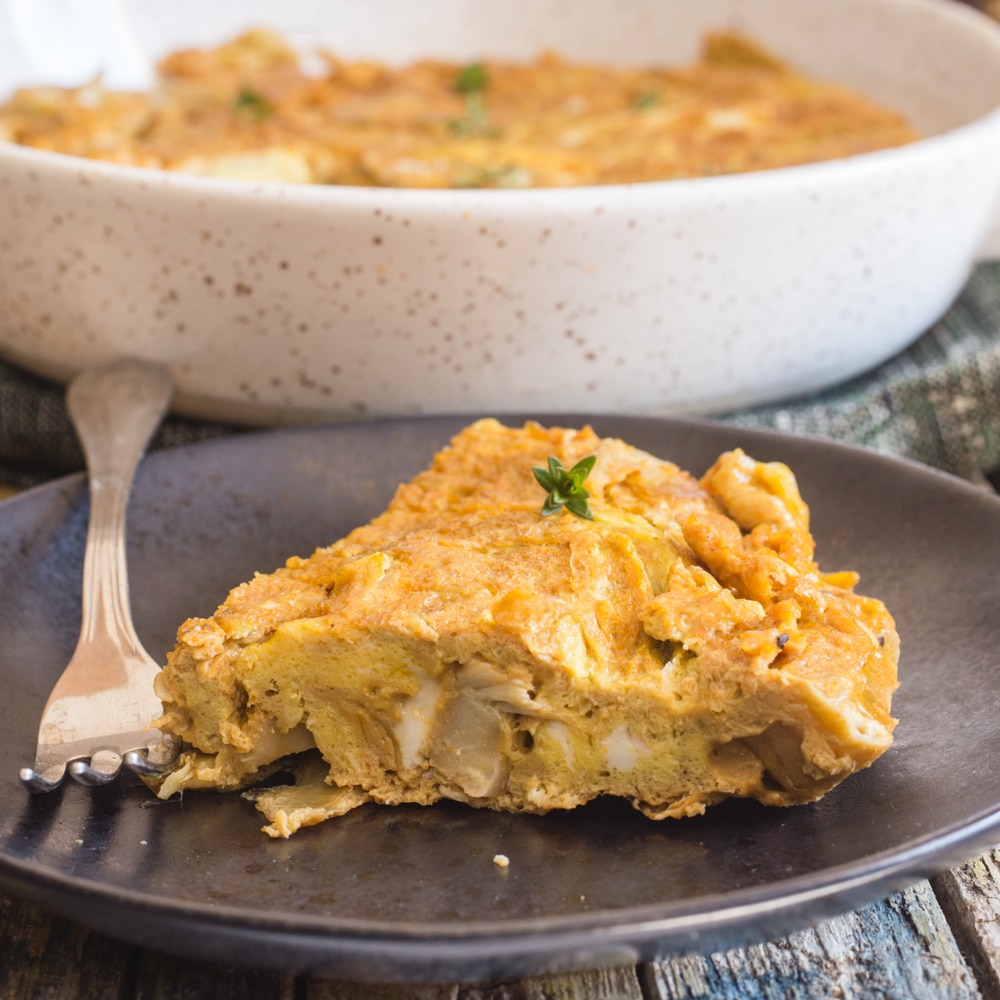
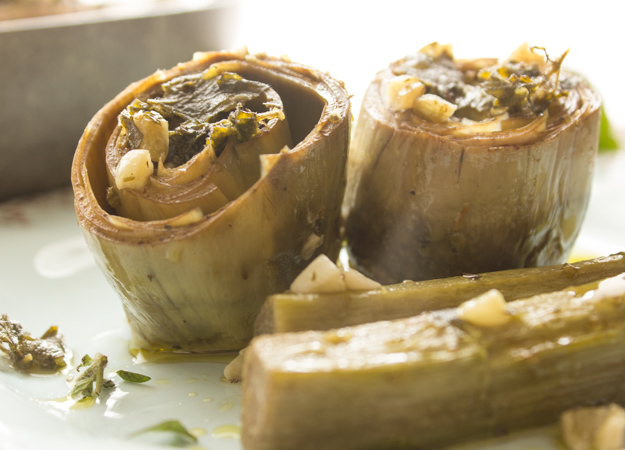

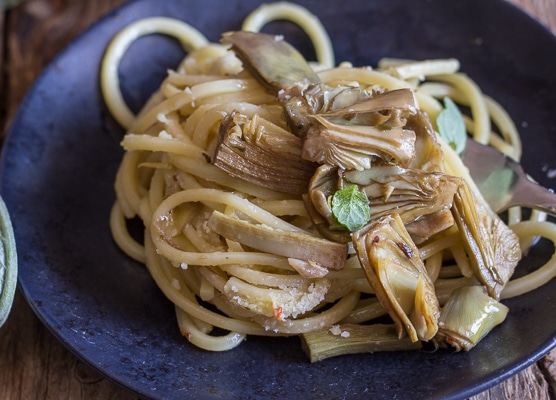

:max_bytes(150000):strip_icc()/instant-pot-artichokes-4778442-hero-e0290bd4e203410e957e6b63ad661622.jpg)
:max_bytes(150000):strip_icc()/__opt__aboutcom__coeus__resources__content_migration__simply_recipes__uploads__2006__03__artichoke-soup-horiz-a-1600-6bfe802872c548f7996628acad3f0a56.jpg)
:max_bytes(150000):strip_icc()/__opt__aboutcom__coeus__resources__content_migration__simply_recipes__uploads__2010__05__how-to-trim-artichoke-horiz-a-1800-9b4246cfc2f947598f02f229a8bcedbb.jpg)
:max_bytes(150000):strip_icc()/__opt__aboutcom__coeus__resources__content_migration__simply_recipes__uploads__2010__05__oil-poached-artichoke-heart-salad-horiz-a-1800-58737f099c3f4fc2b75054e015144e7e.jpg)

/3321693998_f653f568db_o-56b72a9c3df78c0b135e2fce.jpg)
:max_bytes(150000):strip_icc()/__opt__aboutcom__coeus__resources__content_migration__serious_eats__seriouseats.com__recipes__images__2014__04__20140403-new-vegetarian-cooking-for-everyone-artichoke-stew-b6de5a6480944b8887cad296ea5a959f.jpg)
:max_bytes(150000):strip_icc()/__opt__aboutcom__coeus__resources__content_migration__serious_eats__seriouseats.com__recipes__images__20080404-dinenrtonight-artichokes-210691ec446d4d87859246d42b780e30.jpg)
:max_bytes(150000):strip_icc()/__opt__aboutcom__coeus__resources__content_migration__serious_eats__seriouseats.com__recipes__images__20100325-grilled-artichokes-large-d8c90f0c7a3248f9ae1fd46be0b6a3bd.jpg)
:max_bytes(150000):strip_icc()/__opt__aboutcom__coeus__resources__content_migration__serious_eats__seriouseats.com__recipes__images__2012__03__20120322-dt-shrimp-scampi-with-artichokes-c456841ff2f749ca971528359e3060fb.jpg)
:max_bytes(150000):strip_icc()/__opt__aboutcom__coeus__resources__content_migration__serious_eats__seriouseats.com__recipes__images__2013__04__050313-249931-cook-the-book-springtime-frittata-2fe083d1c67c4c4085d330b07d1fdcb4.jpg)
/grilledartichokes-589e64683df78c4758376859.jpg)
/artichokedippingsauce-5aae6d12119fa800377a049e.jpg)
:max_bytes(150000):strip_icc()/87992979-56a8d2e35f9b58b7d0f577fd.jpg)
:max_bytes(150000):strip_icc()/Seafood-Paella-twenty20_7c357499-76b1-40d4-825b-ae8cae73899d-59855aa8d963ac0011a51f58.jpg)
/b7646-img_3063-56a82a673df78cf7729cb721.jpg)
:max_bytes(150000):strip_icc()/zeytinyaenginar-56a993da5f9b58b7d0fceeca.jpg)
:max_bytes(150000):strip_icc()/GettyImages-175193764-5accd1ae875db900367a66ba.jpg)
:max_bytes(150000):strip_icc()/GettyImages-Michael_Powell_123515557-3ea97fab4b5740e5bf1a7602d36d01e8.jpg)
:max_bytes(150000):strip_icc()/Carciofo_alla_Giudea-57eeb4933df78c690f04c701.jpg)
:max_bytes(150000):strip_icc()/SES-grilled-artichokes-recipe-5223372-hero-D-5f5b903feffe42ea80105babc738ed70.jpg)
